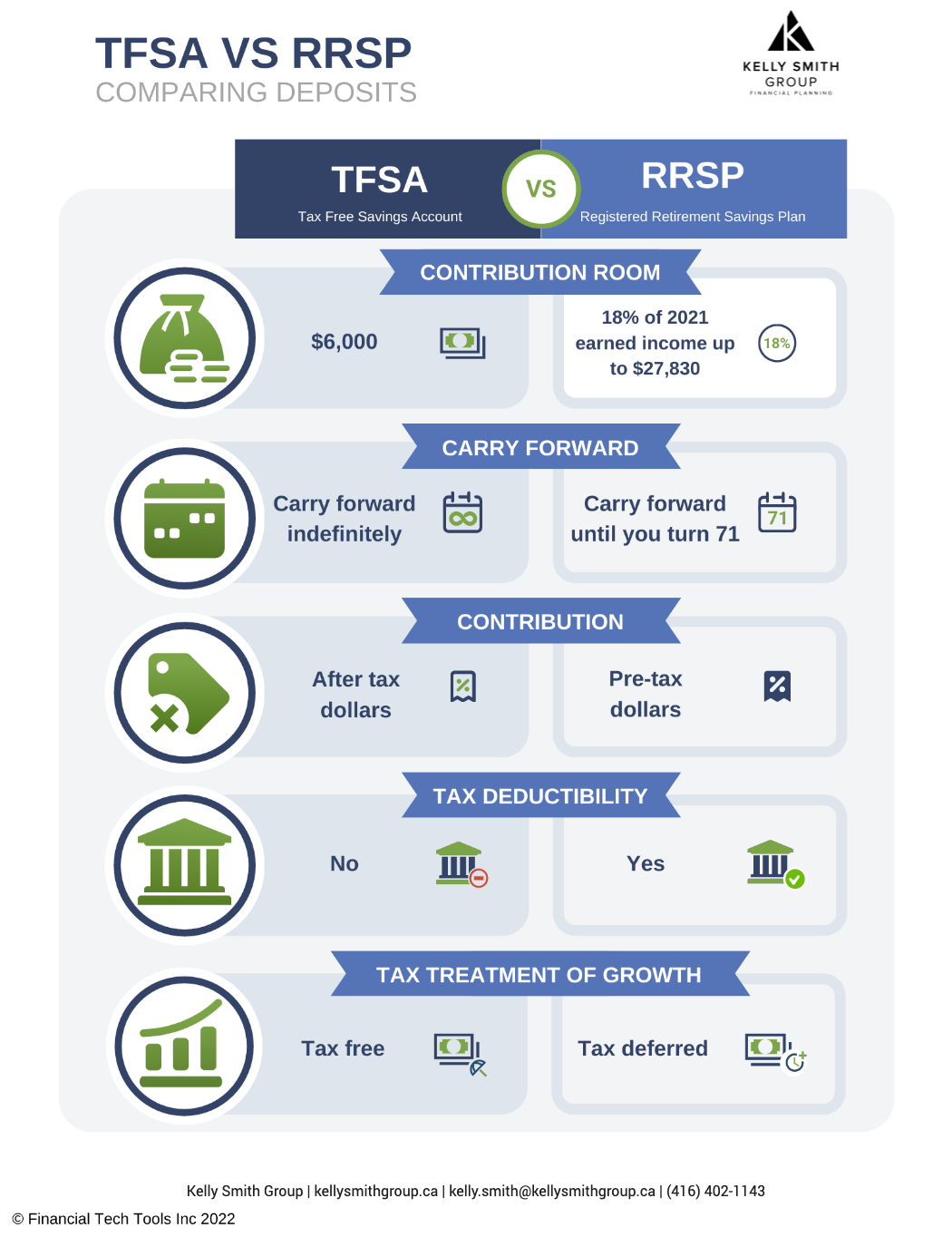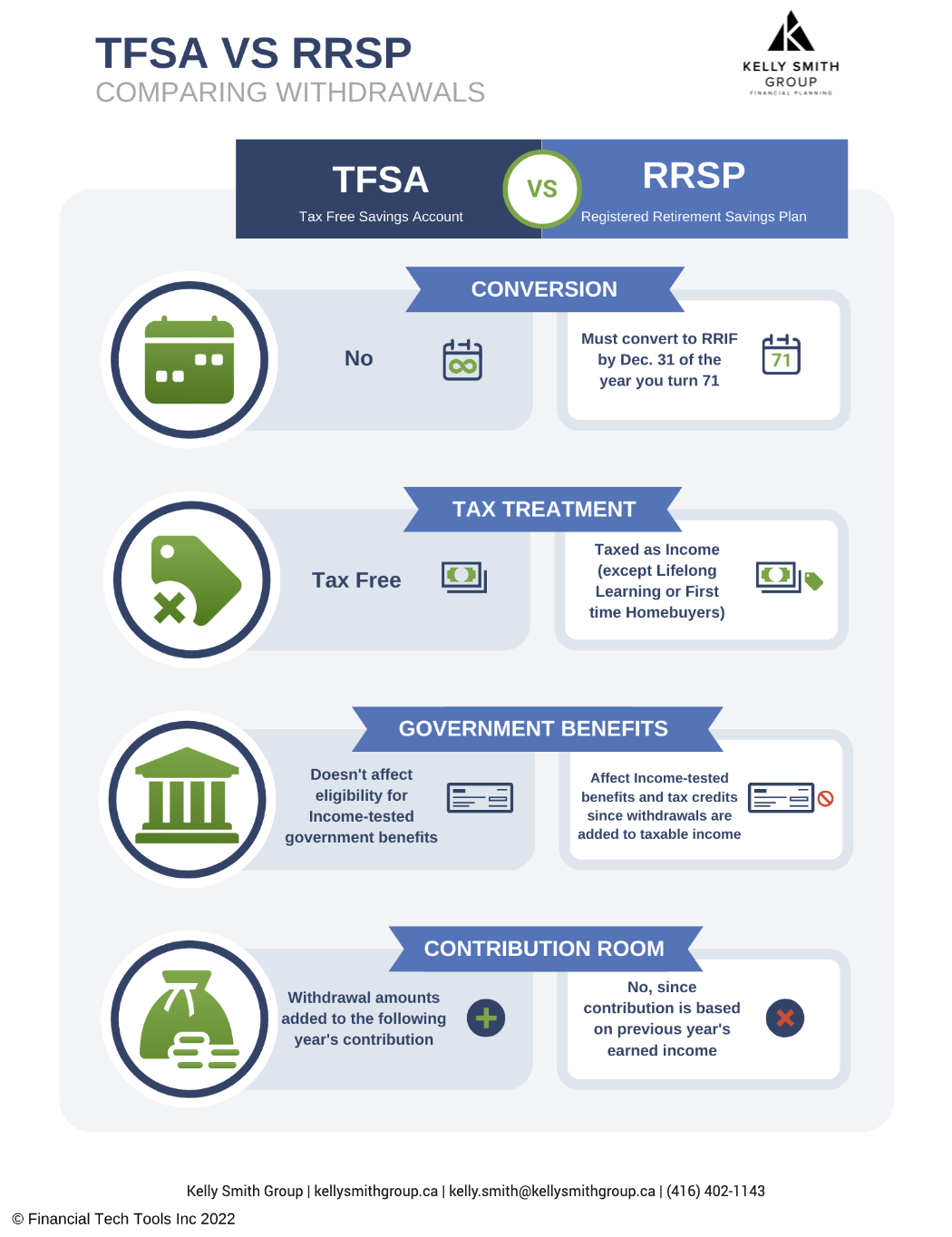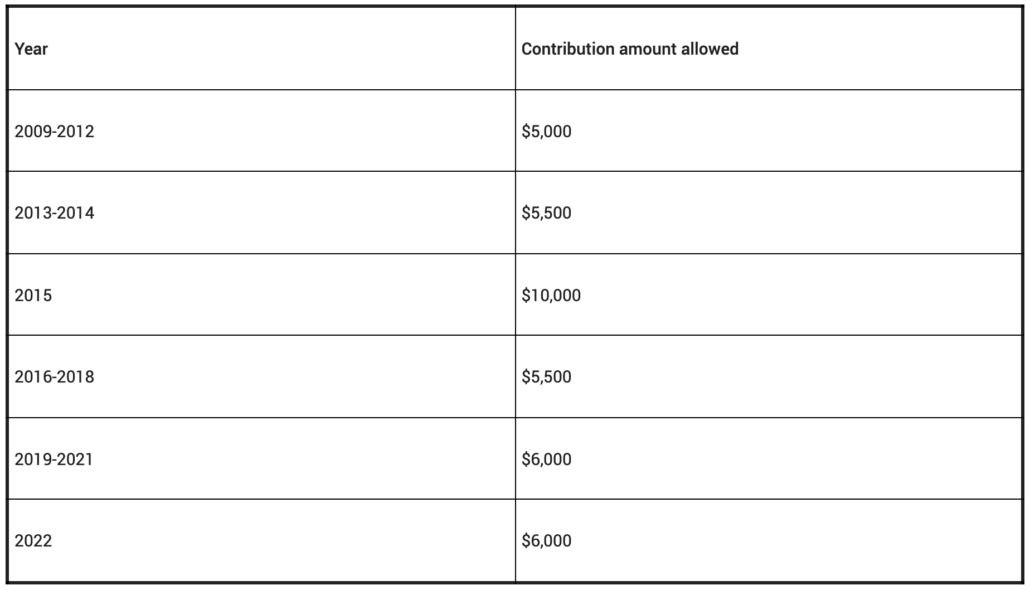Five Ways To Withdraw Money From Your Business In A Tax-Efficient Manner
Five Ways To Withdraw Money From Your Business In A Tax-Efficient Manner
You have worked long and hard to build up your business, and now you are ready to withdraw money from your business’ bank account. But you don’t want to get hit with a huge tax bill. So here are 5 ways to withdraw money from your business in a tax-efficient manner.
1) Pay Yourself And Your Family Members
You can pay yourself a salary from your business and pay any family members who work in your business. However, the salary you pay family members must not be excessive – it must be in line with what they would receive for doing the same work elsewhere.
You and your family members will be taxed at the regular personal marginal tax rates on your salaries. However, your corporation can make a deduction based on salaries paid when determining taxable income.
2) Pay Out Taxable Dividends
You can use dividends to distribute money from your corporation to both yourself and family members if everyone holds shares in your corporation. However, when distributing dividends to a shareholder, it is critical to consider both the tax on split income (TOSI) rules and the corporate attribution rules before any distribution is made.
-
TOSI rules – Under the current income tax rules, the TOSI applies the highest marginal tax rate (currently 33%) to “split income” of an individual under the age of 18. In general, an individual’s split income includes certain taxable dividends, taxable capital gains and income from partnerships or trusts. – Canada.ca
-
Corporate attribution rules – Corporate attribution rules may result in additional tax if a transfer or loan to a corporation is made to shift income to another family member. This can result in additional tax for the individual making the transfer or loan.
3) Pay Out Capital Dividends
Another way to pay out dividends is via your corporation’s capital dividend account (CDA). Money in your corporation’s CDA can be dispersed to Canadian resident shareholders as a tax-free dividend, but be sure you are clear on what can legally be allowed in your CDA before you do this.
4) Adjust Your Salary And Dividend Mix
Keeping the right mix when paying yourself a salary and paying yourself via dividends is essential. You need to consider various factors – such as your cash flow needs, earned income for RRSP contributions, and any impact on taxes and other regulatory requirements – paying out salaries and dividends can have.
5) Repay Any Outstanding Shareholder Loans
If you loaned money to your company in the form of a shareholder loan, now may be the time to have your company repay that loan. Any money you receive to settle your shareholder loan will be paid to you as a tax-free distribution.
The Takeaway
Regardless of why you need to take cash out of your business, it is crucial to plan how to withdraw the money so you can do it in the most tax-efficient manner possible. Unfortunately, there is no one-size-fits-all solution for this, which is why talking to a professional advisor is so important.
We can help design a tax-optimized compensation strategy for you. Contact us to set up a meeting today!



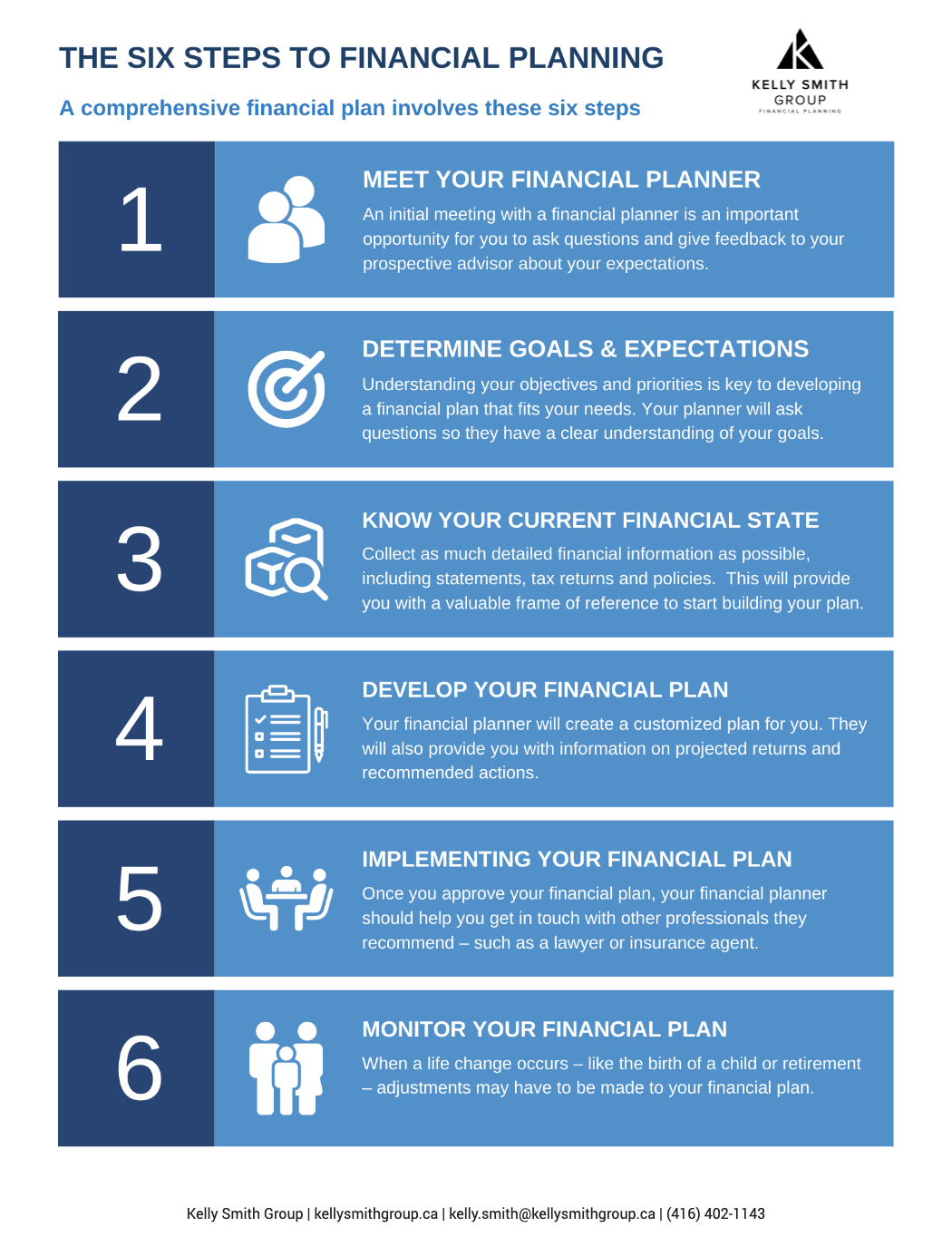-Kelly-Smith-sPAqLWGKHWt6fR7kh.png)
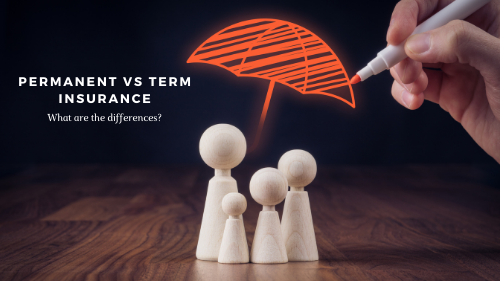



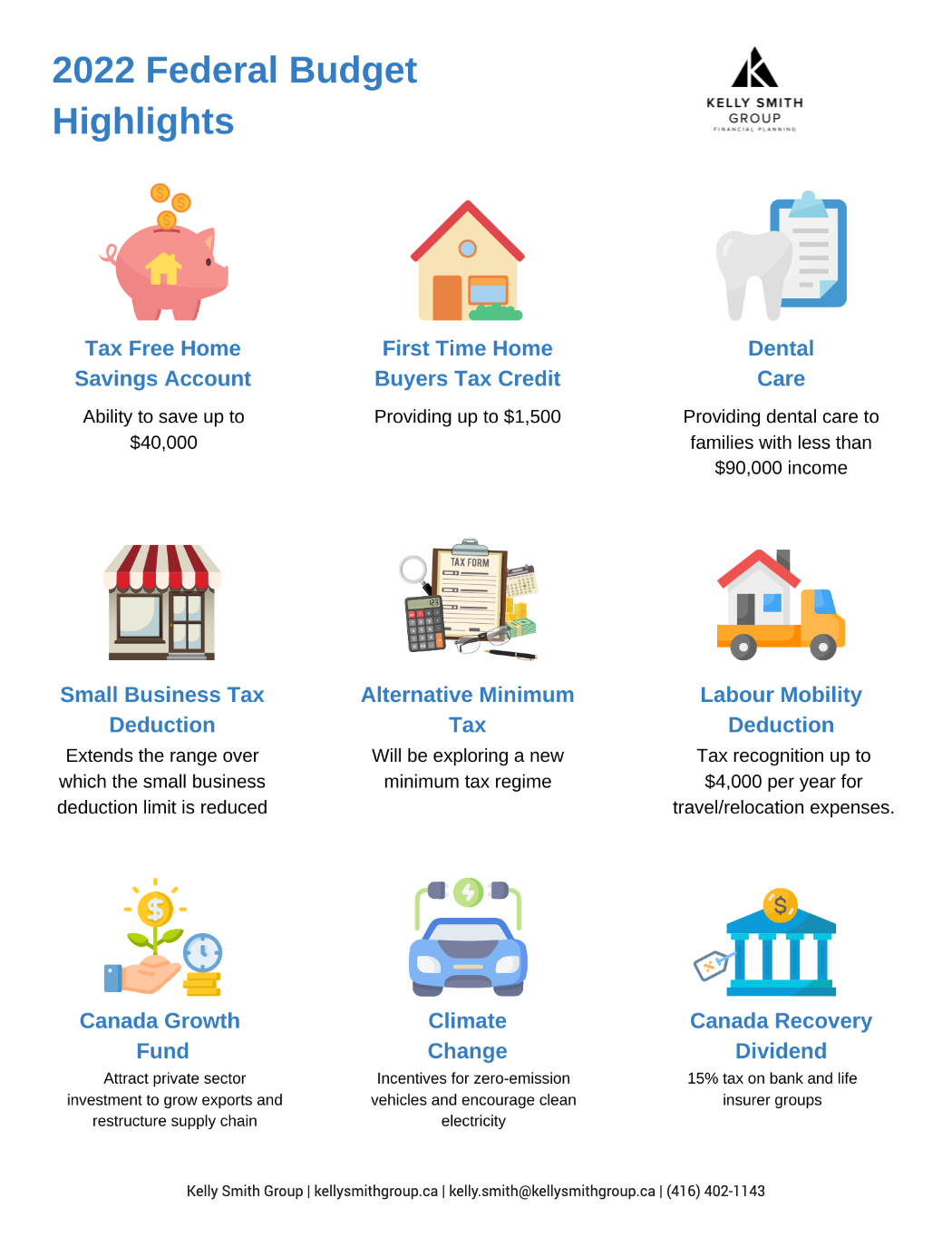

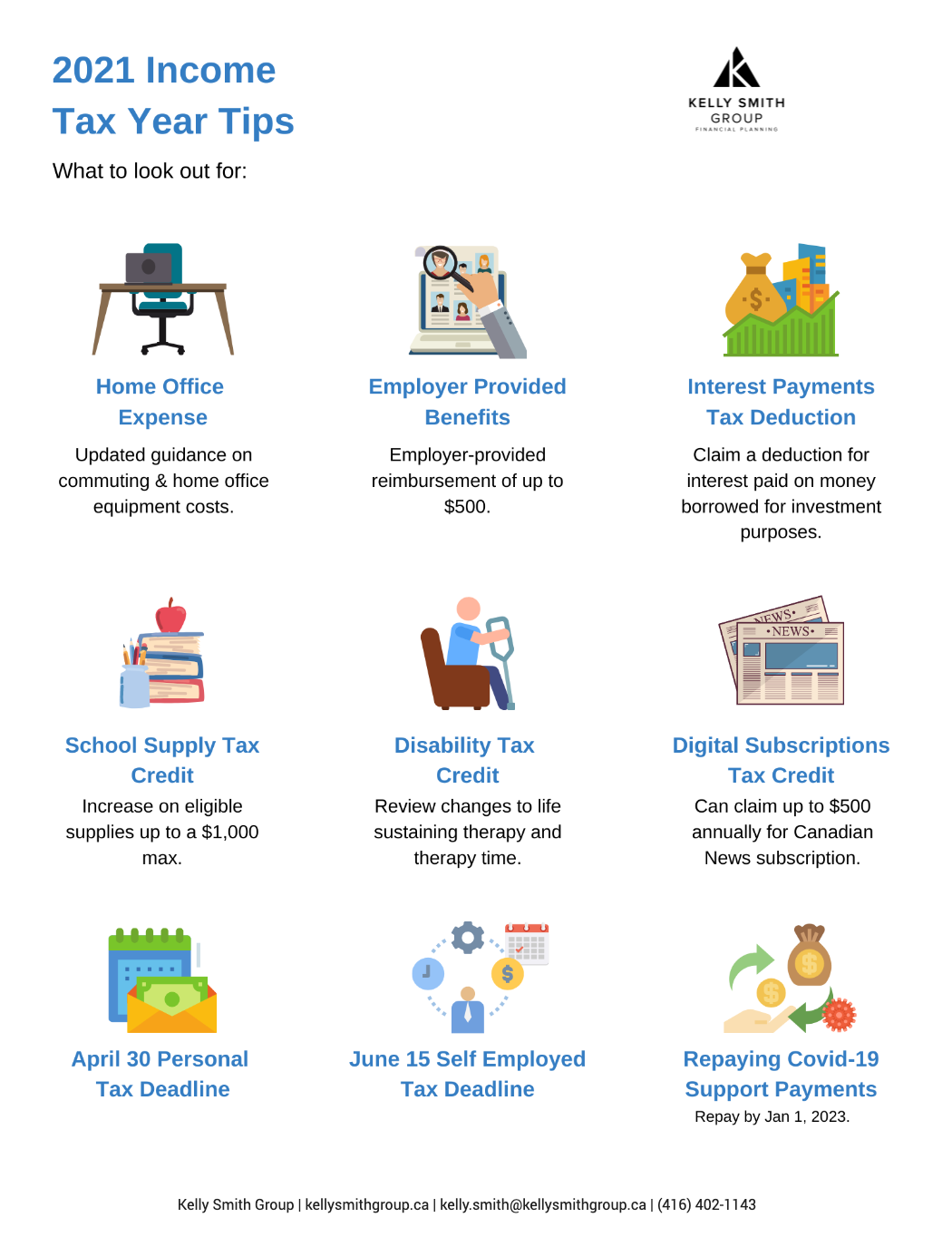


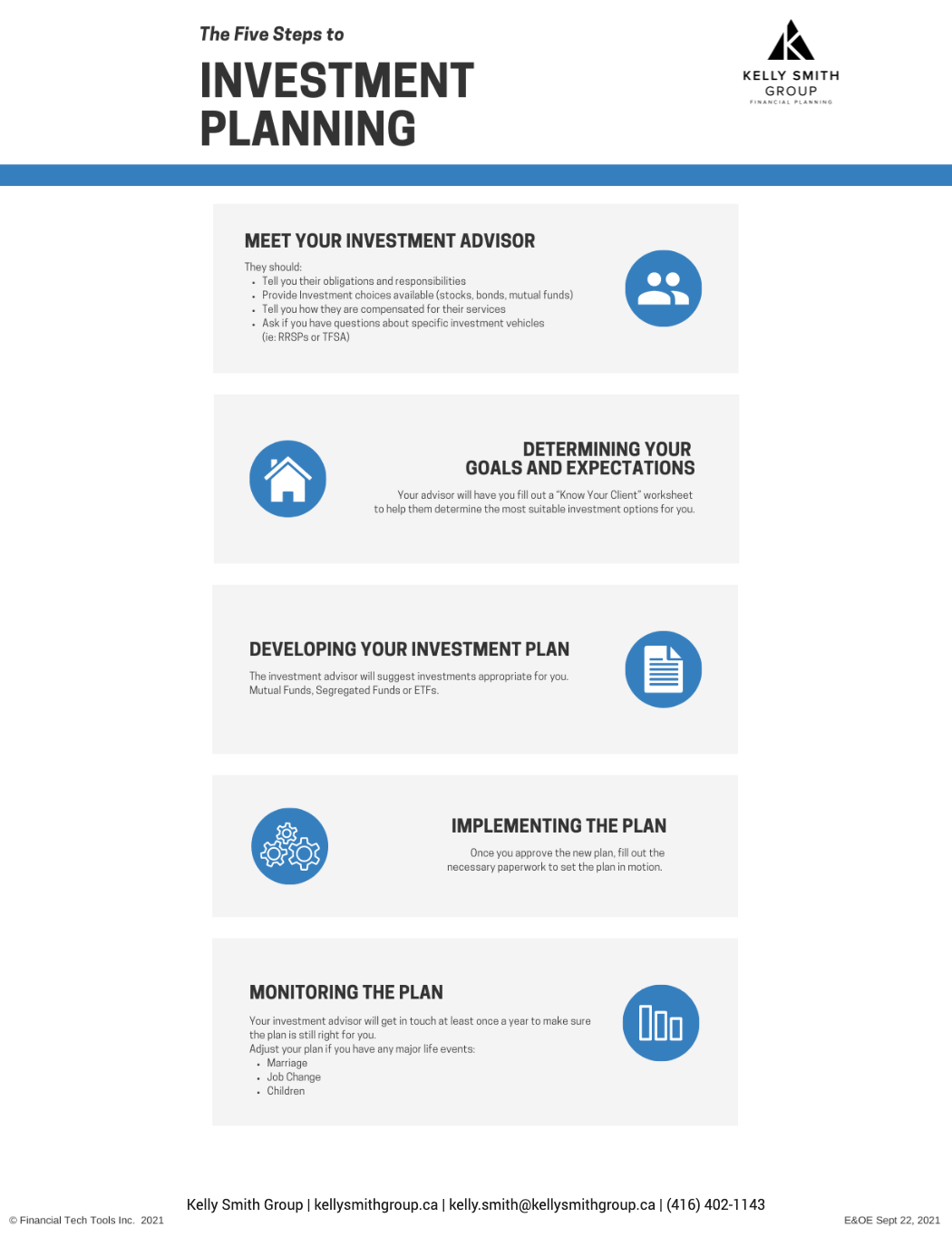-Kelly-Smith-sPAqLWGKHWt6fR7kh.png)

